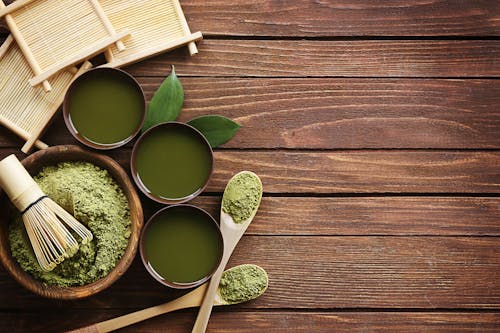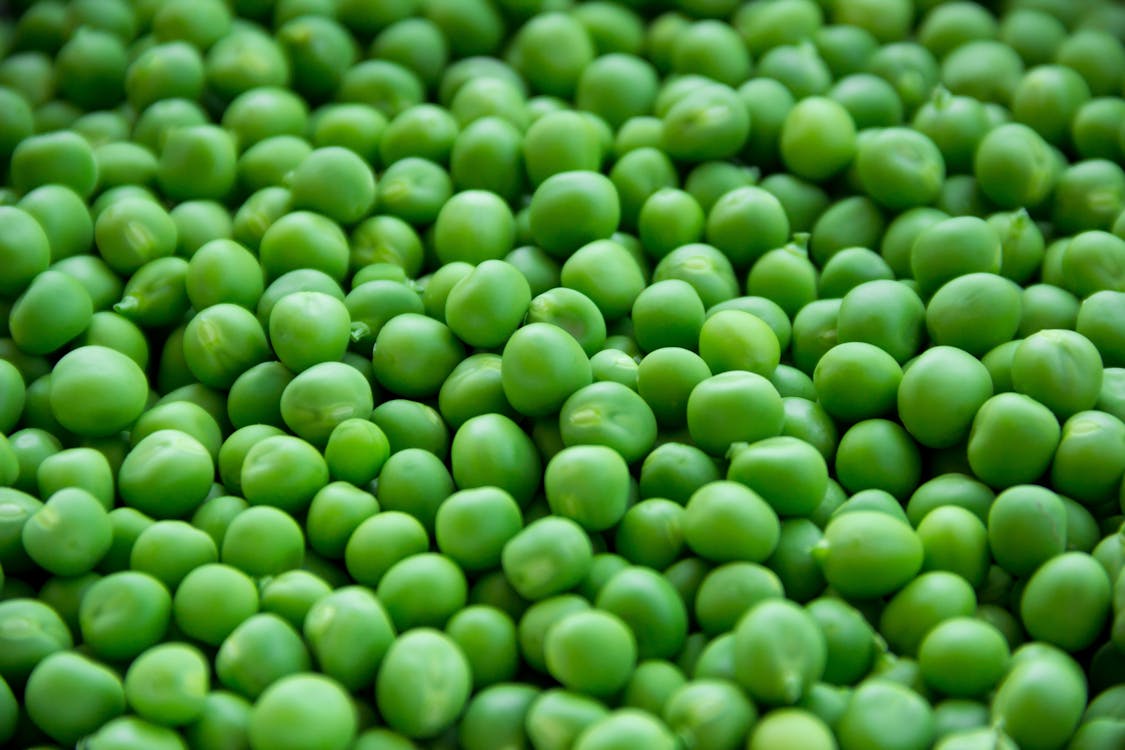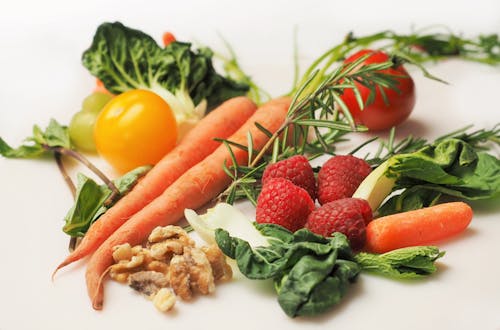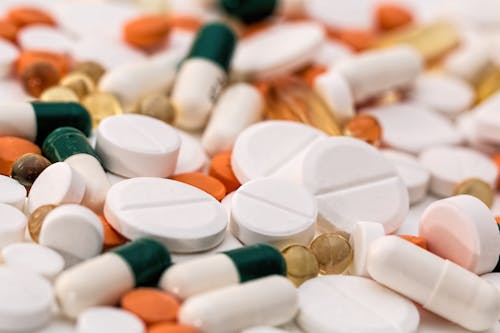It is Better Than Dairy Milk

There are a plenty of non-dairy milk alternatives around usthese days. To give company to rice, soya, nuts, coconut and seed milk, there
is a new kind of non-dairy milk called pea milk. This plant-based milk is vegan,
free of lactose and gluten. It is made with pea protein using yellow peas.
In the market, there are differently flavored versions of pea
milk that range from sweetened, unsweetened to chocolate and vanilla flavours.
Also, the milk is most often fortified with vitamins needed by the body.
Let us get into the details of this non-dairy milk.
The flavour of this milk is pleasant and earthy (not like pea at all). Its texture is silky, creamy and not that heavy. However, it has a chalky after-taste.
Pea milk – what is it?
 |
| Bowl of Green Powder on Brown Wooden Surface |
Pea milk is a creamy non-dairy milk alternative which is made
from yellow split peas. This milk is free of soya, nuts and gluten. It contains
the same amount of protein that is present in dairy milk and is a low-calorie
beverage in comparison to dairy. Additionally, pea milk has DHA and omega
3 fatty acids with iron and vitamin D that are very important for
your health.
The flavour of this milk is pleasant and earthy (not like pea at
all). Its texture is silky, creamy and not that heavy. However, it has a chalky
after-taste.
What are the benefits of using pea milk?
1) The amount of protein in pea milk is same as what is found in
cow milk. This means that it provides you with enough energy and helps you stay
full for a longer period of time. Hunger pangs can be kept at bay with this
plant-based milk.
2) This milk does not have nuts and gluten in it and is
therefore free of common allergies. The plant-based milk is suitable for
anyone who is lactose intolerant or suffers from nut allergy. You can use pea
milk to make your beverages healthier!
3) Pea milk is neither green in colour nor does it have a pea
like taste. So, you need not worry at all and use it in your beverages.
4) Almond milk has been a lot in use lately as it is also a good
non-dairy milk alternative. However, studies reveal that making almond milk can
harm the environment. On the other hand, the carbon footprint of peas, pulses
and beans is the lowest. Peas need less amount of water to be grown when
compared to dairy. Plus, peas give nutrients back to the soil keeping the cycle
going. It is always important that you consider the betterment of the environment before
trying a new food trend.
5) Being a low-calorie option when compared to dairy milk, you
can add it to your diet plan if you are planning to lose weight.
 |
| Full Frame Shot of Green Peas |
The limitations of pea milk
Just like other non-dairy milks, this milk is also more
expensive than cow milk.
Though it is a great source of protein and omega 3s, there is a
lack of certain nutrients that only dairy milk can provide you with. This is
probably why cow milk is referred to as a wholesome meal.
Do take the advice of your nutritionist before switching to pea
milk.
Truth About Excess Of Vitamin D
 |
| Round Yellow and Red Fruits |
Vitamin D toxicity means that vitamin D levels are so high in
the body that they can cause harm. It is also called hypervitaminosis D.
Vitamin D is a fat soluble vitamin. Unlike water soluble
vitamins, it is not easy for the body to get rid of fat soluble vitamins. This
is probably why excess of it gets built up in the body.
Hypercalcemia is the main symptom of vitamin D toxicity, which
refers to elevated calcium levels in the blood. High levels of calcium can
cause a lot of health issues.
How much vitamin D is excessive?
As much is not known about vitamin D toxicity and how it works,
it is difficult to define the precise threshold for safe or toxic vitamin D
intake. The Institute of Medicine says that 4000 IU is a safe level of daily
vitamin D intake. But even doses to the tune of 10,000 IU have not shown
symptoms of vitamin D toxicity in healthy people.
 |
| Carrots Tomatoes Vegetables and Other Fruits |
As already mentioned, vitamin D toxicity is caused by consuming
excess of vitamin D supplements and not by sun exposure or diet. Though this
condition is rare, the recent increase in usage of supplements had lead to an
increase in cases of vitamin D toxicity. Toxicity in humans is seen when there
is a daily intake ranging from 40,000-100,000 IU i.e. 1000 to 2500 micrograms
for 1 to several months. It is 10 to 25 times the recommended upper limit. In
several cases the toxicity is due to errors in manufacturing of the
supplements, when they have 100 to 4000 times higher vitamin D than what is
stated on the package.
Vitamin D toxicity is by large reversible but when it is severe,
it may cause kidney failure and calcification of arteries.
Vitamin D Toxicity- Symptoms and Treatment
 |
| Bunch of White Oval Medication Tablets |
Hypercalcemia is the main consequence of vitamin D toxicity. The
early symptoms of hypercalcemia are nausea, vomiting, constipation,
diarrhea, and weakness. People may also develop excessive thirst, high blood
pressure, a varied level of consciousness, calcification of kidney tubes,
kidney failure and even loss of hearing.
It may take a few months to resolve hypercalcemia as vitamin D
gets stored in the body fat and is slowly released into the blood. Treating
vitamin D toxicity involves avoiding exposure to the sun and eliminating
dietary as well as supplemental vitamin D. Your doctor may also help in
correcting your calcium levels by increasing salt and fluids.
Large vitamin D doses can cause harm even without showing symptoms of toxicity
At times the symptoms of toxicity may not appear right away. It
may take months or even years for the symptoms to show up. This is probably why
it is difficult to detect vitamin D toxicity.
To be on the safer side, don’t exceed the 4,000 IU upper limit
of vitamin D without consulting the doctor.
The final line: Different individuals respond differently to high vitamin D
doses. It becomes hard to evaluate what dosage is safe and what is not!
By - P. Sakthi Vel, The Choose Healthy Food
By - P. Sakthi Vel, The Choose Healthy Food

0 comments:
Post a Comment